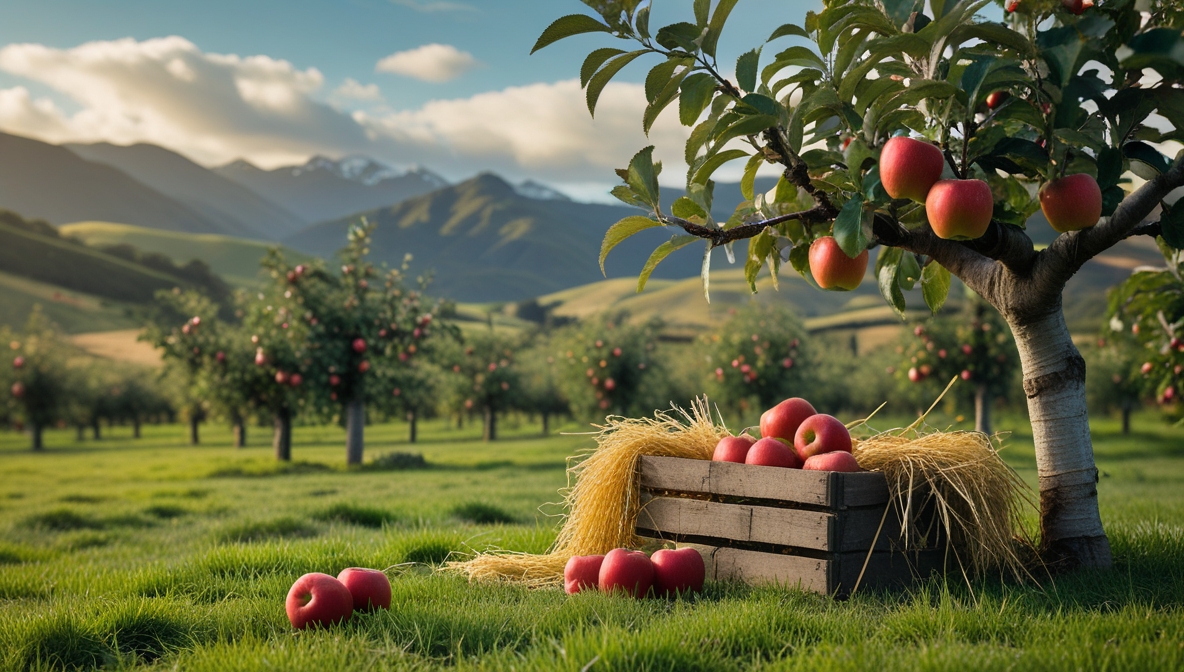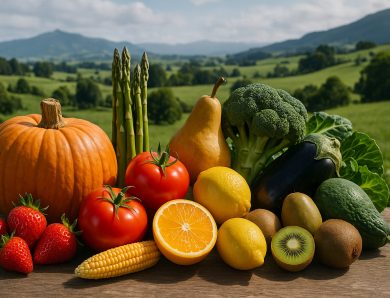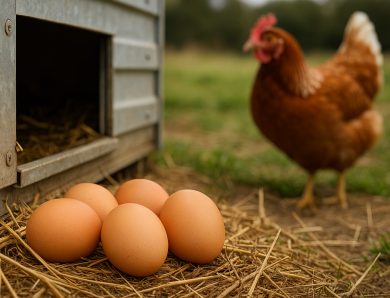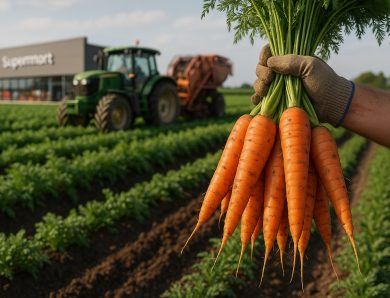
What Does It Take to Grow an Apple in New Zealand?
Growing an apple in New Zealand requires a blend of favorable climate, careful planning, and hands-on management of the orchard. The process involves soil preparation, understanding local weather patterns, and dedicated care throughout the growing season. The art of apple cultivation in New Zealand is both a science and a craft, where each step plays a role in producing quality fruit.
Understanding New Zealand’s Climate
New Zealand offers a diverse climate that supports a wide range of apple varieties. The country’s temperate zones, with their cool winters and mild summers, provide a natural environment for apple trees to flourish. The interplay of sunshine, rainfall, and temperature influences the tree’s growth, flowering, and fruit set. The variability in weather across regions means that growers often select varieties that best match the specific conditions of their orchard location.
- Temperature Variations: Apple trees thrive when they experience a mix of cool and warm periods. The cool season encourages dormancy, while the warm season aids in fruit development.
- Rainfall Distribution: Consistent moisture is necessary, yet excess water can lead to issues like root rot. Irrigation systems sometimes help to balance these needs.
- Sunlight Exposure: Adequate sunlight is vital for photosynthesis. Orchard layouts are designed to maximize light exposure for every tree.
Key Factors in Apple Growing
Success in apple cultivation is influenced by several core factors that require precise attention throughout the year. The following elements contribute significantly to achieving a fruitful harvest:
- Soil Preparation and Fertility
The soil must be well-draining and rich in organic matter. Testing soil composition ensures that any deficiencies are corrected before planting. Organic fertilizers and natural compost can be added to boost nutrient content. Maintaining proper pH levels also enhances nutrient absorption by the trees. - Variety Selection
New Zealand’s climate supports a range of apple varieties, from crisp, tart types to softer, sweeter ones. Choosing the right variety depends on the intended market, consumer taste, and local growing conditions. Some varieties resist pests and diseases better than others, providing a more stable yield. - Pruning and Training
Regular pruning shapes the trees and improves air circulation. Removing dead or overcrowded branches promotes better light penetration and reduces the risk of fungal infections. Training young trees with supports helps them grow in a manageable structure that simplifies later care and harvest. - Irrigation and Water Management
Even though New Zealand often experiences sufficient rainfall, supplemental irrigation can protect young trees during dry spells. Drip irrigation is a popular choice as it delivers water directly to the roots, minimizing waste and preventing fungal issues on foliage. - Pest and Disease Control
Monitoring for pests and diseases is an ongoing task. Integrated pest management techniques, such as using natural predators and biocontrol methods, reduce reliance on chemical pesticides. Regular inspections allow early detection of issues, ensuring that they are addressed before causing significant damage.
Steps in the Cultivation Process
Cultivating apple trees involves a series of well-coordinated steps that stretch from early planning to the final harvest. Here is a brief overview of the process:
- Site Selection and Preparation:
Choosing a site with well-draining soil, proper sunlight, and protection from strong winds forms the foundation of successful apple farming. Preparing the land includes clearing any debris and establishing a layout that optimizes tree spacing. - Planting:
Young apple trees are typically planted during the cooler months. Planting involves creating proper holes for roots, ensuring that each tree has ample space to expand. Mulching around the base helps to conserve moisture and suppress weed growth. - Tree Maintenance:
Regular maintenance routines include pruning, pest monitoring, and periodic soil testing. Applying natural fertilizers at intervals boosts tree health. Adjusting water levels based on seasonal needs is a common practice in maintaining the trees’ vigor. - Harvesting:
The timing of the harvest is critical. Apples must be picked at the right moment to ensure optimum flavor and texture. This decision depends on the variety and the weather conditions experienced during the growing season. A well-coordinated harvest maximizes the yield and quality of the fruit.
Challenges and Rewards
Growing apples in New Zealand is not without its challenges. Unpredictable weather can sometimes lead to sudden frost or unexpected dry spells, which require quick and effective responses. Pests and diseases remain constant adversaries that demand vigilance and proactive measures. Yet, the reward of seeing a thriving orchard, abundant with crisp, juicy apples, brings satisfaction and a sense of achievement that resonates deeply with many growers.
The successful cultivation of apples reflects a deep connection to the land and the environment. New Zealand growers balance traditional techniques with modern agricultural practices to achieve consistent and high-quality results. Every step, from soil preparation to the final harvest, plays a part in producing a product that brings joy to those who savor its flavor.
The journey of growing an apple in New Zealand is an example of persistence, skill, and a thorough understanding of nature’s intricacies. Each season presents its own set of challenges and rewards, ensuring that apple cultivation remains a cherished and respected tradition among local farmers.




No Comment